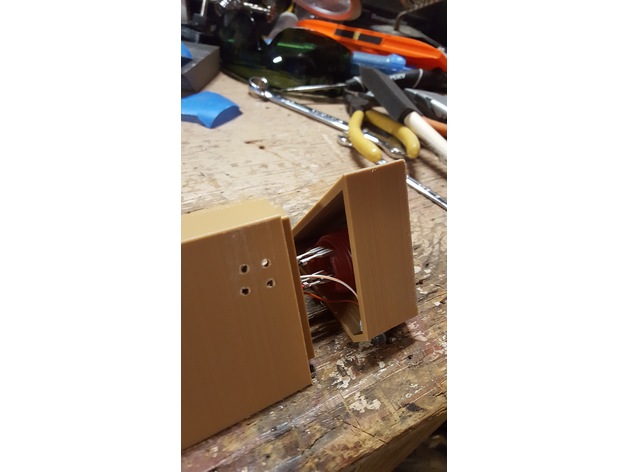
FireStone RPi Case
thingiverse
It appears you've written a detailed guide on setting up a Raspberry Pi Zero with Google Assistant and controlling LEDs using an IR remote. The document covers various steps, including: 1. Hardware setup: * Connecting the LEDs in a specific pattern. * Using GPIO pins to control them. 2. Software setup: * Installing Raspbian Stretch Lite. * Configuring WiFi. * Updating the system and installing necessary packages (e.g., LIRC for IR support). 3. Sound configuration: * Testing audio output. * Recording and playing back audio files. 4. Google Assistant setup: * Getting a Google Secret Key. * Installing the Google Assistant SDK. * Setting up OAuth authentication with Google. The guide also includes test commands to verify each step's success, such as testing IR LED functionality and audio playback. Here are some suggestions for improvement: * Consider organizing the steps into clear sections or headings (e.g., "Hardware Setup", "Software Setup", etc.) to make it easier to navigate. * Add more explanations for complex steps, especially those involving terminal commands. This will help users who may not be familiar with Linux or Raspberry Pi setup. * You might want to include a brief introduction explaining the purpose of this project and why someone would want to set up their RPi Zero with Google Assistant and LED control. Overall, your guide provides a comprehensive and detailed walkthrough for setting up a Raspberry Pi Zero with Google Assistant and LED control. With some minor formatting adjustments and added explanations, it could be even more user-friendly and helpful for others who may be attempting similar projects.
With this file you will be able to print FireStone RPi Case with your 3D printer. Click on the button and save the file on your computer to work, edit or customize your design. You can also find more 3D designs for printers on FireStone RPi Case.
